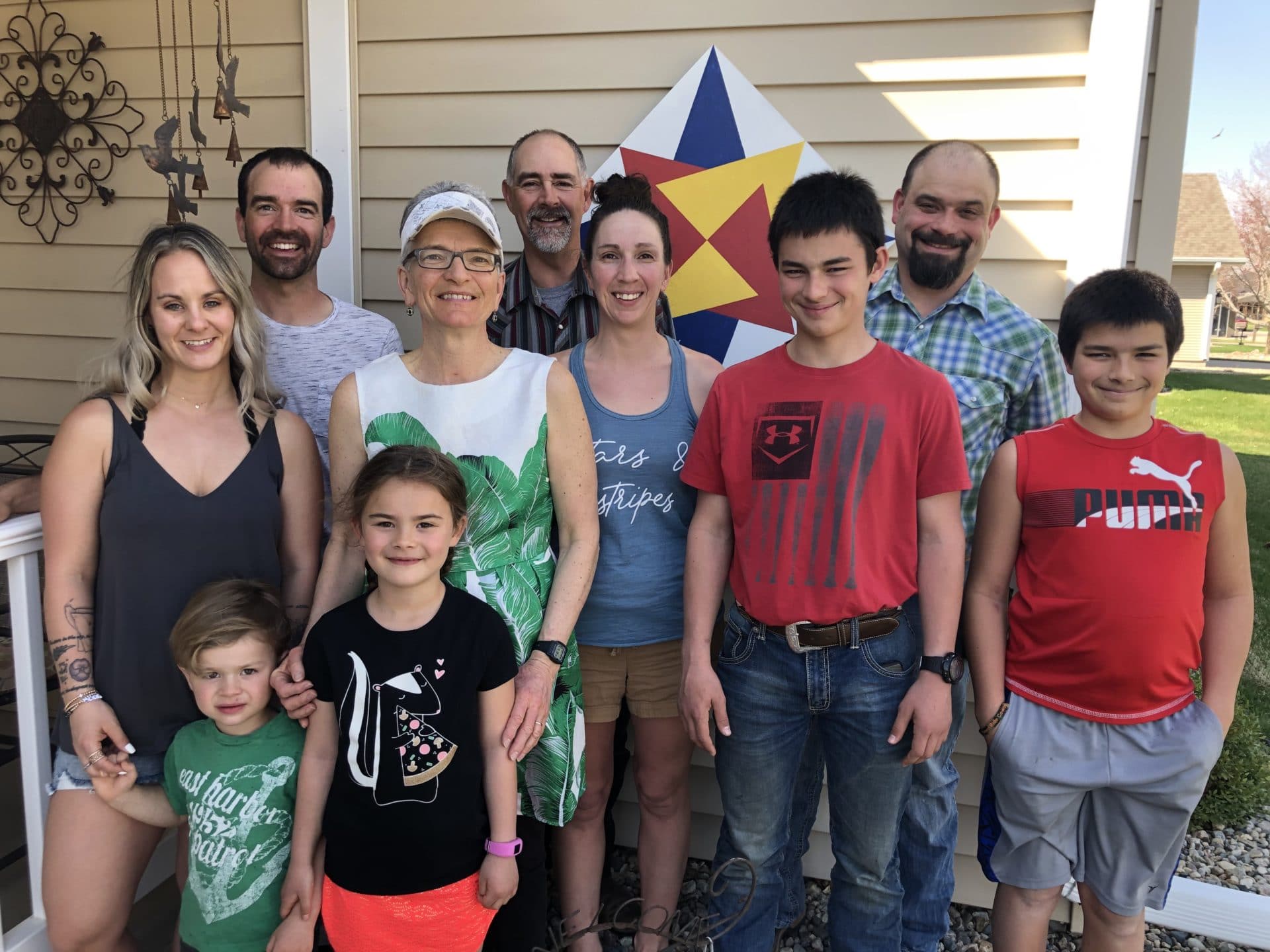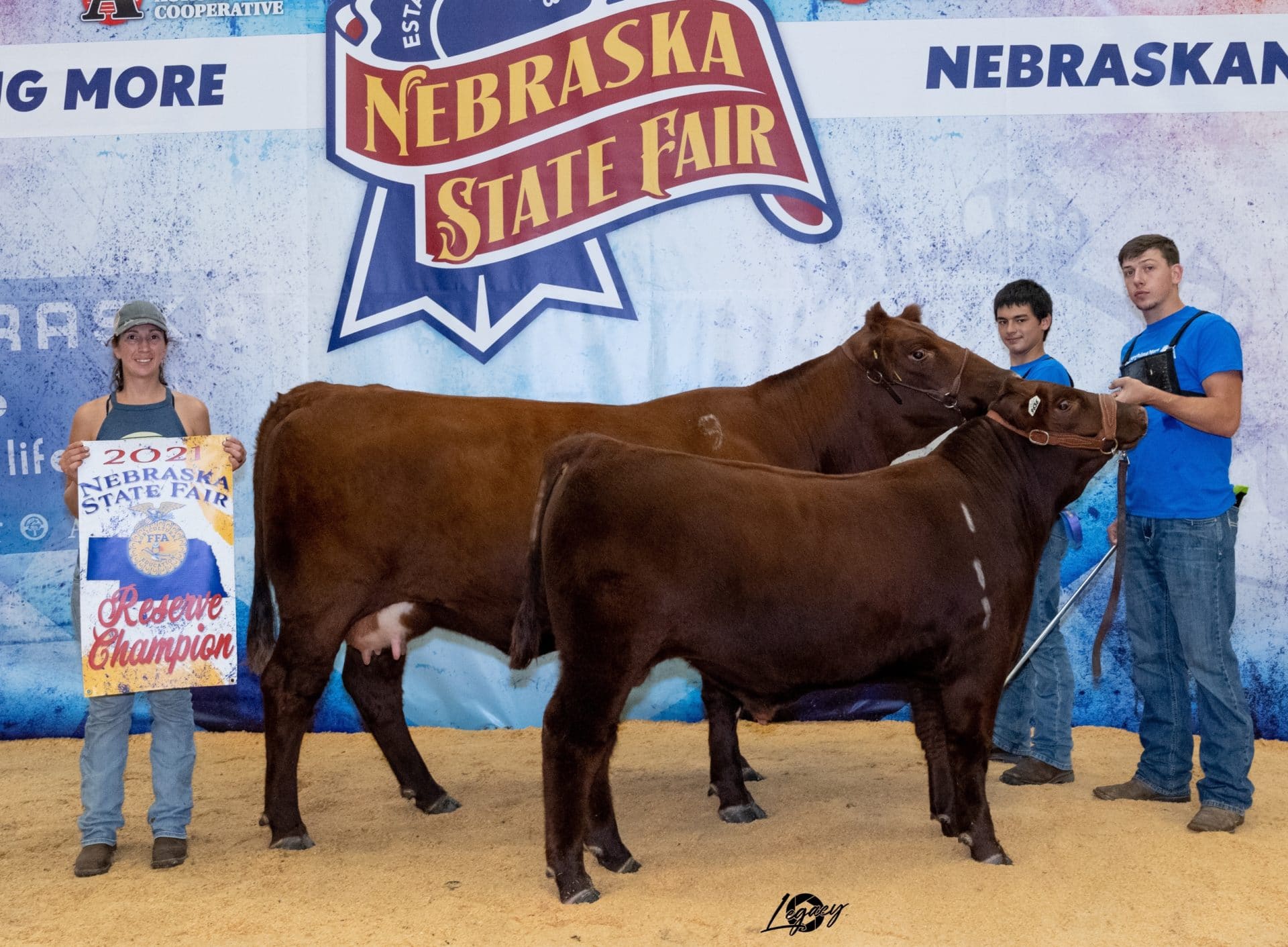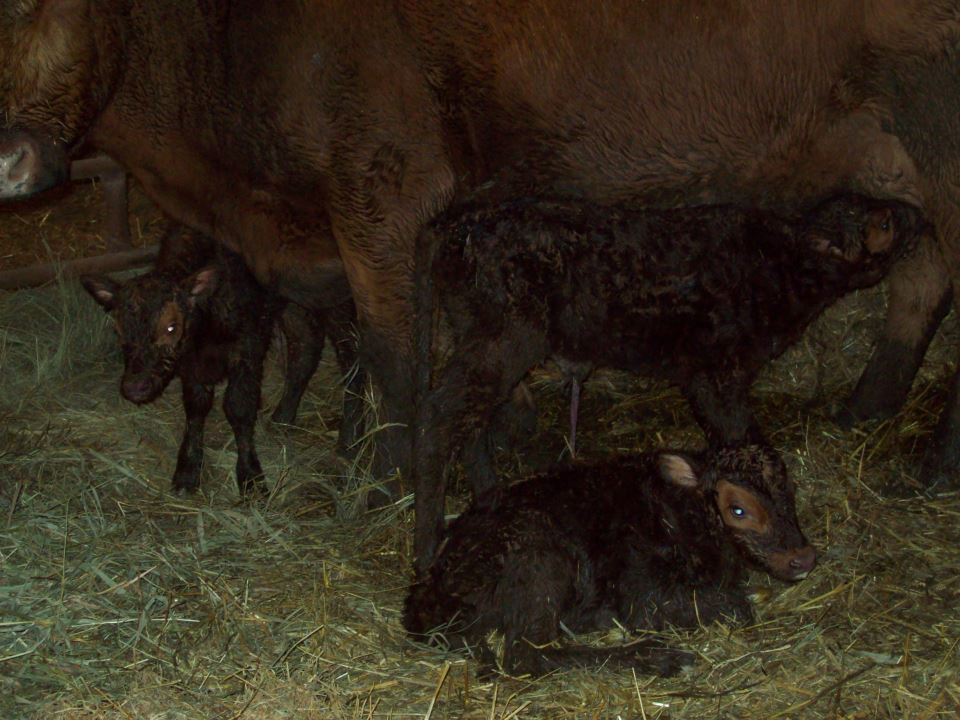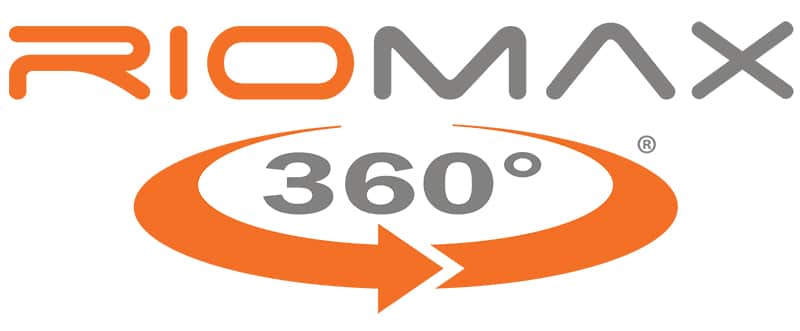Last updated on April 7th, 2022 at 02:48 pm
going with the flow
sometimes life leads you astray. kim siebert is good with that.
MEET KIM SIEBERT

Henderson, Nebraska
Sometimes life takes you in directions you never intended to go. This Kim Siebert knows well.
Indeed, the Henderson, Neb., Angus and Red Angus seedstock producer never intended to be a genetics supplier. His dad was a feedlot operator and Siebert thought to become a commercial cow-calf producer.
In fact, that’s how he started his journey in the cattle business as a young man. "My first passion has always been and pry always will be cattle," he says. But then life threw a curve ball and without necessarily making a conscious decision, he found himself raising purebred Angus cattle.
It happened this way. “I grew up in the 60s and 70s, when all the new breeds, exotics as we called them back then, were coming in.”
He showed cattle and had friends who started raising purebred European cattle. “I figured if I had a good black cow, I could use any of them (European breeds) and make a pretty good crossbred animal. I was going to have a really good set of commercial cows, but I knew how to AI.”
So that’s what he did. Then a drought in the late 70s caused several Angus operations in Oklahoma to sell out. Siebert bought a bunch of registered cows, intending to use them in his crossbreeding operation.
But when he got the paperwork, he figured he’d use his AI training, breed some of the registered cows and raise his own replacement heifers. “And somehow I got sucked into the purebred thing,” he said. “I don’t know quite how that happened.”
Next thing he knew, along came a red heifer calf, a product of an Angus sire and dam that both have the recessive red gene. “I thought it had more value than the people who came to look at it, so I became a Red Angus breeder.”

However, while he and his son Kendall have been in the seedstock business for many years, they still run their cows like a commercial herd. In the fall and winter, his 140-head cow herd runs on corn or milo stalks. That’s their ration, along with salt, water and Riomax®, a mineral and protein supplement. In the spring and summer, they graze 700 acres of low-quality river bottom forage in a state-owned area designed for waterfowl.
“So I have large volumes of poor quality forage year ‘round. And I’m creating a cow herd that can survive and succeed in that environment.”
Come calving time, the cows are brought to a drylot and fed a ration of sudan grass and wet distillers grains, along with the vitamin and mineral supplement. “And that’s what those cows live on for the 15 to 30 days that they’re in the pens before they go back out to a fresh corn field. They’ll get supplemented that ration on the corn field while the calf is nursing.”
But as time goes on, the supplement feed is reduced and the cows and calves are back to hustling a living on stalks and Riomax® mineral supplement.
Cover Crops to the Rescue?
The Sieberts farm about 1,500 acres along with their cattle operation. Given that cattle have been wintered on stalks for generations, soil fertility in their crop ground is fairly good even without inputs. In fact, about all they apply is nitrogen.
But the last growing season, they took small plots of existing crop land and planted cover crops as an experiment to see if they could increase grazing opportunities. “Based on what we’re seeing on the small portions of fields we’ve done that on and the nutrient levels that are still in the soil after raising the best crops we’ve ever raised on them,” they’re convinced in the value that cover crops offer, both in terms of soil health and grazing.
“There must be something magical about cows eating green stuff and then depositing that back on the field that we can’t measure,” he said. “In our area of eastern Nebraska, there are a lot of pastures that were torn out when center pivots became a big deal. And everybody said, ‘Boy, we tore up that pasture and it has the best corn we ever raised.’ And they’ve never matched it since.”

Selecting the Right Animal
For Siebert, structural soundness and fertility are key. In fact, he fears those two essential elements for commercial producers are being lost as breeders chase growth EPDs. “And those are two things I will never relinquish on, ever.”
That’s because he won’t babysit cows that can’t walk across the rough, frozen corn ground to get to the supplemental feed. “So hoof structure, hoof shape and leg structure are huge to me,” he said.
And then there’s fertility. It’s a combination of genetics and nutrition. During the 2022 calving season, 69% of 139 cows calved in the first 21 days. Had Siebert extended the timeline a little longer, it would have been 72%.
And, the Right Nutrition
To Siebert’s thinking, that’s where the mineral and vitamin supplement shows its importance. First, the minerals have to be in a form that is absorbable by the animal. That’s an organic or chelated formulation. Siebert remembers discussing absorbable minerals when he first reached out to the folks at Rio.
Then the cows have to be on it long enough to not only prime their calf, both as a fetus and as a newborn, with sufficient mineral concentrations to hit the ground running, but still have enough in the tank to rebreed.
When Siebert decided to give Riomax® a try, he was a little leery of the price tag. But the benefits seemed like they were there. "We began using Rio in our cowherd and started feeding it to our bulls. The next spring, we had a pretty drastic increase in the amount of bulls that passed on the first try. And a year later, when the calves that were a fetus in the moms that started on Rio hit the semen check... I won't say all my problems were over, but a lot of them disappeared. I was sold on the product for that alone."
They decided to continue using the product. Over the next couple years, Siebert began to notice that all those little things that used to be a problem "kinda sorta aren't a problem anymore". Issues with cows cleaning was a little headache that just disappeared. And when they had 35 degrees below freezing 2 nights in a row, Siebert and his son Kendall were simply amazed at the calf vigor and the lack of health issues.
Once Siebert learned how much mineral a cow will put into a baby calf to prep it for the first three months of life, he knew that if the cow can’t give that to the calf, you’re set up for disaster. “And if she barely had enough, you understand why she didn’t rebreed.”
"If you're on it [Riomax®] for a year and you dont see a lot of differences, I'll agree with you. But when you get into years 2 and 3, you're gonna be amazed at some of the differences. For us, our pregnancy rate has just slowly kept climbing. We AI for 30 days with natural heat detection and then we follow that up with 30 days of bulls. Our conception rate has climbed higher almost every year we're on the product. As a general rule, the heifers are outdoing the older cows that were not conceived on this product."
There's one other thing that Siebert learned recently. The diatomaceous earth in the tubs is a natural de-wormer. 2 years ago, he took the risk and cut out all of their worming products, and only went with insecticides for lice. Amazingly, he noticed no difference in cow or calf performance. As Siebert puts it, "I don't know about you, but wormer is not a cheap line on your equation. And to be able to drop that buys a lot of Rio product, put it that way."

Looking Ahead
The Sieberts feed cattle as well as sell bulls and their five-year average on fed cattle sold on the grid is 94% Choice and Prime. That’s a pretty good report card, but Kim wonders how long the beef business can get by with harvesting 1,400 to 1,500 pound or heavier fed steers.
While those Choice and Prime cattle earn premiums, he also wonders, with the industry as a whole at similar levels of Choice and Prime, whether premiums will remain a part of the market. “So let’s not think of what premium I could get. Let’s start think of what discount can I avoid?”
To that end, he wonders if relatively larger ribeyes produced by much larger carcasses are viable long term. So, beginning years ago with ultrasound data he collected, he started calculating the ratio of ribeye area to live body weight. “Now, that’s fairly popular,” he said, “But nobody had a clue what I was talking about 25 years ago.”
What he discovered is fascinating. “This is not exact science yet, it’s still kind of Kim’s analysis at this point, but when I get over about 1.25 to 1.3 square inches of ribeye per 100 pounds of body weight, the fertility of my females goes out the window,” he said. “So we’ve got to stay in that 1.1 to 1.2 range.”
With a fed steer that is harvested even as heavy as 1,300 pounds, he said that’s still going to produce about a 14.5 square inch ribeye, “which is more than adequate.”
That’s because of the changing consumer, he believes, and how the beef business must adapt. “Our industry is changing. I hope we’re astute enough to pay attention to that.”
The person who will pay the price at a white tablecloth restaurant may be willing to tackle a ribeye steak that’s 15 square inches or bigger. But that’s a small part of the consumer market, he said.
“We need to pay attention to that husband and wife with two kids. He enjoys grilling, so he wants some size and quality to it, but he’s feeding a bunch of kids, too. Or it’s single people who are just feeding themselves and they’re not going to sit down and eat a 15-inch ribeye.”
There’s no quick or immediate solution to the conundrum of big ribeyes and smaller appetites, but it’s a concern that Siebert thinks the beef business needs to keep talking about.



